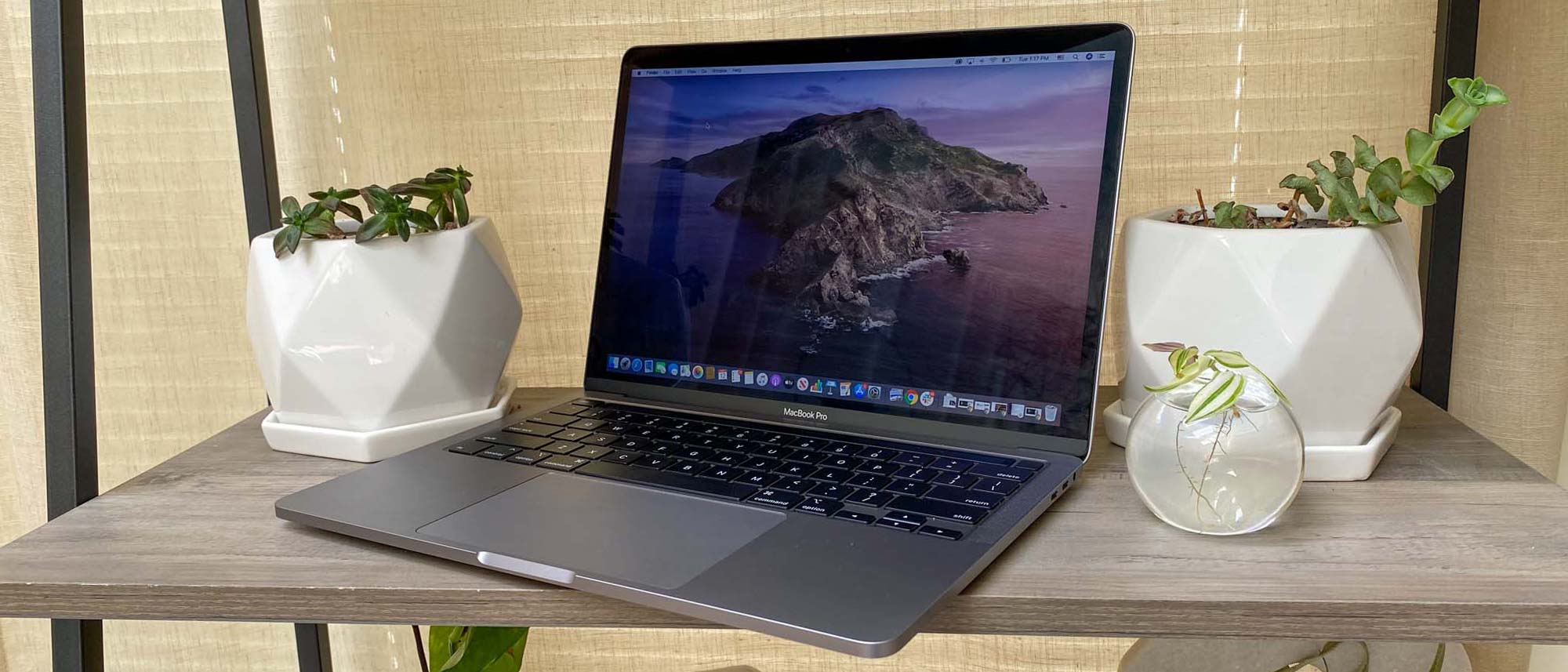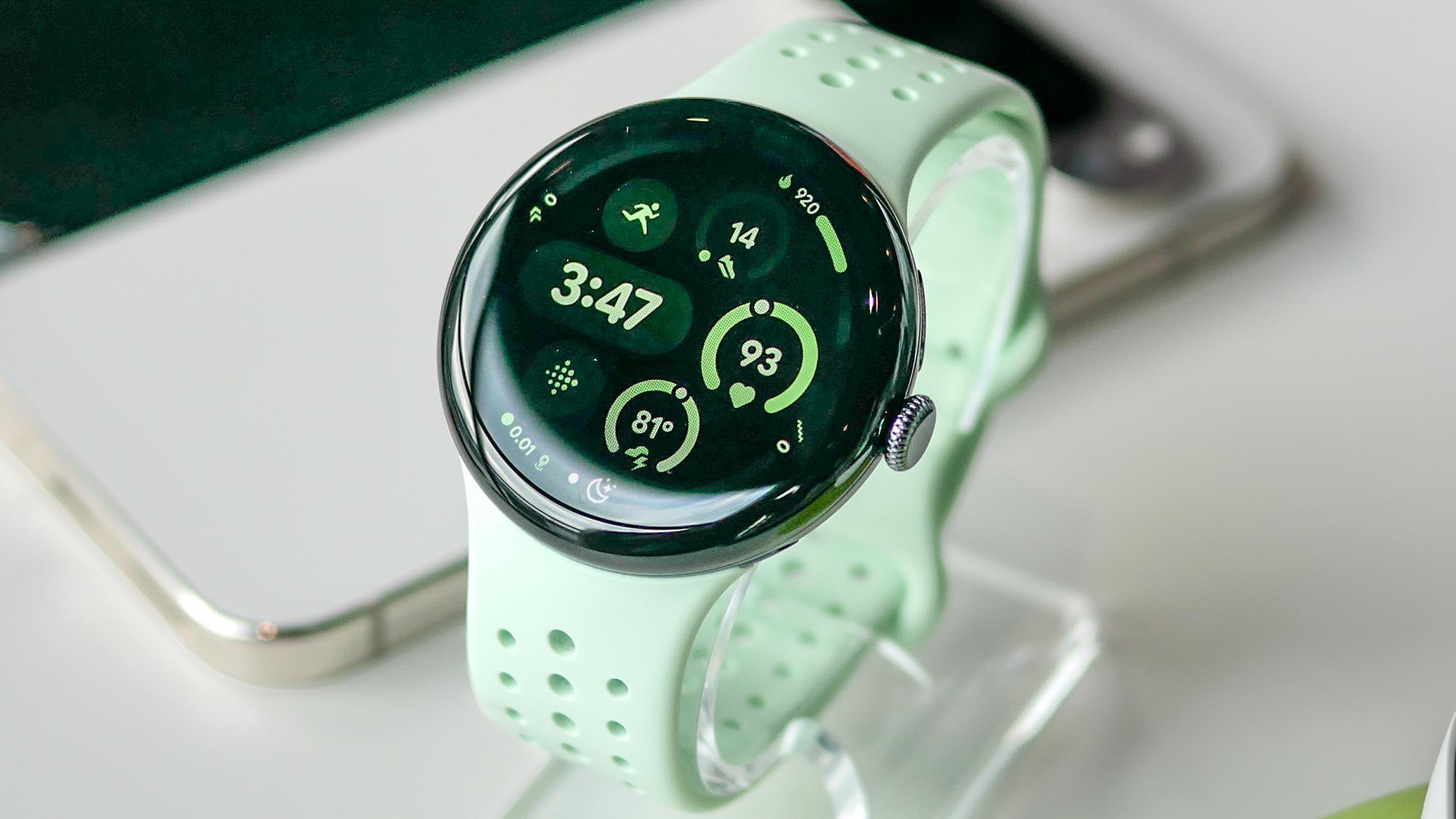Tom's Guide Verdict
The MacBook Pro 2020’s design is a bit too familiar, but it delivers excellent 10th gen performance, a great Magic Keyboard and long battery life.
Pros
- +
Great performance
- +
Fantastic Magic Keyboard
- +
Long battery life
- +
Vibrant and colorful display
Cons
- -
Bezels too thick
- -
Pricey to get 10th gen power
- -
Webcam could use upgrade
Why you can trust Tom's Guide
Price: $1,299 ($1,799 as tested)
CPU: 1.4GHz quad core 8th gen to 2.3GHz 10th gen Core i7
RAM: 8GB 2133MHz LPDDR3 memory to 32GB 3733MHz
Storage: 256GB SSD to 4TB
Graphics: Intel Iris Plus 645, Intel Iris Plus
Display: 13 inch Retina Display (2560 x 1600)
Ports: Two Thunderbolt 3 to four Thunderbolt 3
Size: 11.97 x 8.36 x 0.61 inches
Weight: 3.1 pounds
Editor's note: Apple still sells this Intel MacBook Pro but only configurations that start at $1,799. Check out our MacBook Pro with M1 review if you're looking for the newest Apple MacBook Pro powered by Apple Silicon starting at $1,299.
The 13-inch MacBook Pro 2020 delivers a great combination of computing comfort and pure power. The new Magic Keyboard is the biggest upgrade on this laptop ($1,799 as tested), which ditches the shallow Butterfly keyboard and makes a big difference.
Apple also offers Intel 10th gen processors on the 13-inch MacBook Pro, as well as faster RAM and double the storage. But keep in mind that you’ll need to pay at least $1,799 to get an Intel CPU.
- Apple M2 chip: Release date, specs, and what it means for MacBook Pro
- The best laptops right now
- Samsung Galaxy Book Pro vs. MacBook Pro: Which laptop will win?
As you'll see in my full MacBook Pro 13-inch review, the design of this laptop is looking dated at this point, as I’d like to see thinner bezels. Many will prefer the MacBook Pro M1, which offers faster performance and longer battery life but just two Thunderbolt 3 ports to the Intel model's four.
If you're not looking to make the move to Apple Silicon yet, the MacBook Pro 13-inch with Intel is one of the best laptops you can buy.
MacBook Pro 13-inch 2020: Release date and price
The MacBook Pro 2020 had a release date of May 7 and is available through Apple.com and a number of other online retailers. Apple continues to seel the Intel-powered MacBook Pro 13-inch, but it starts at $1,799 . That version includes a powerful 10th gen Core i5 processor along with faster 16GB 3733MHz RAM, plus 512GB of storage.
The $1,799 MacBook Pro has four Thunderbolt 3 ports (two on each side), while the MacBook Pro with M1 Chip (Apple Silicon) starts at $1,299 and comes with two Thunderbolt ports.
The $1,999 MacBook Pro 13-inch packs 1TB of storage. An upgrade from 16GB to 32GB of RAM costs $400 and you can opt for 2TB ($600) or even 4TB ($1,200) of storage.
MacBook Pro 13-inch 2020 review: Design
After seeing the 16-inch MacBook Pro and how Apple slimmed down the bezels, the “new” 13-inch MacBook Pro feels like a step backwards. It’s the same old block of unibody aluminum, which looks and feels solid but uninspired. The top bezel in particular is pretty thick, especially compared to the likes of the Dell XPS 13.
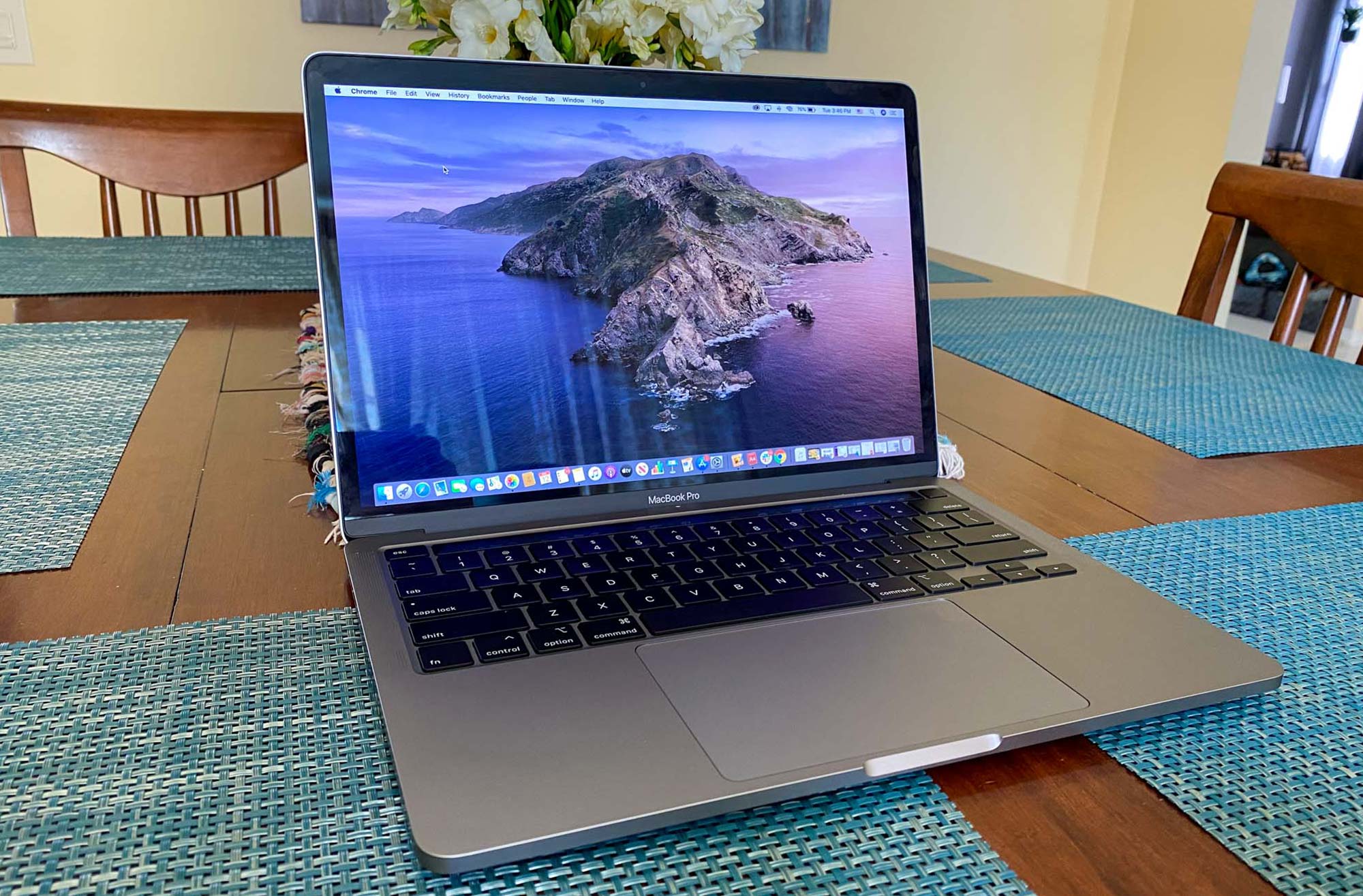
The MacBook Pro 2020 is a beefy slab of a laptop given its 13-inch screen size. It measures 11.97 x 8.36 x 0.61 inches, making it slightly heavier and thicker than its predecessor (3.02 pounds and 0.59 inches thick). By contrast, the Dell XPS 13 weighs just 2.8 pounds and is a much sleeker 11.6 x 7.8 x 0.6 inches and the HP Spectre x360 is 2.7 pounds and 12.1 x 7.7 x 0.7 inches.
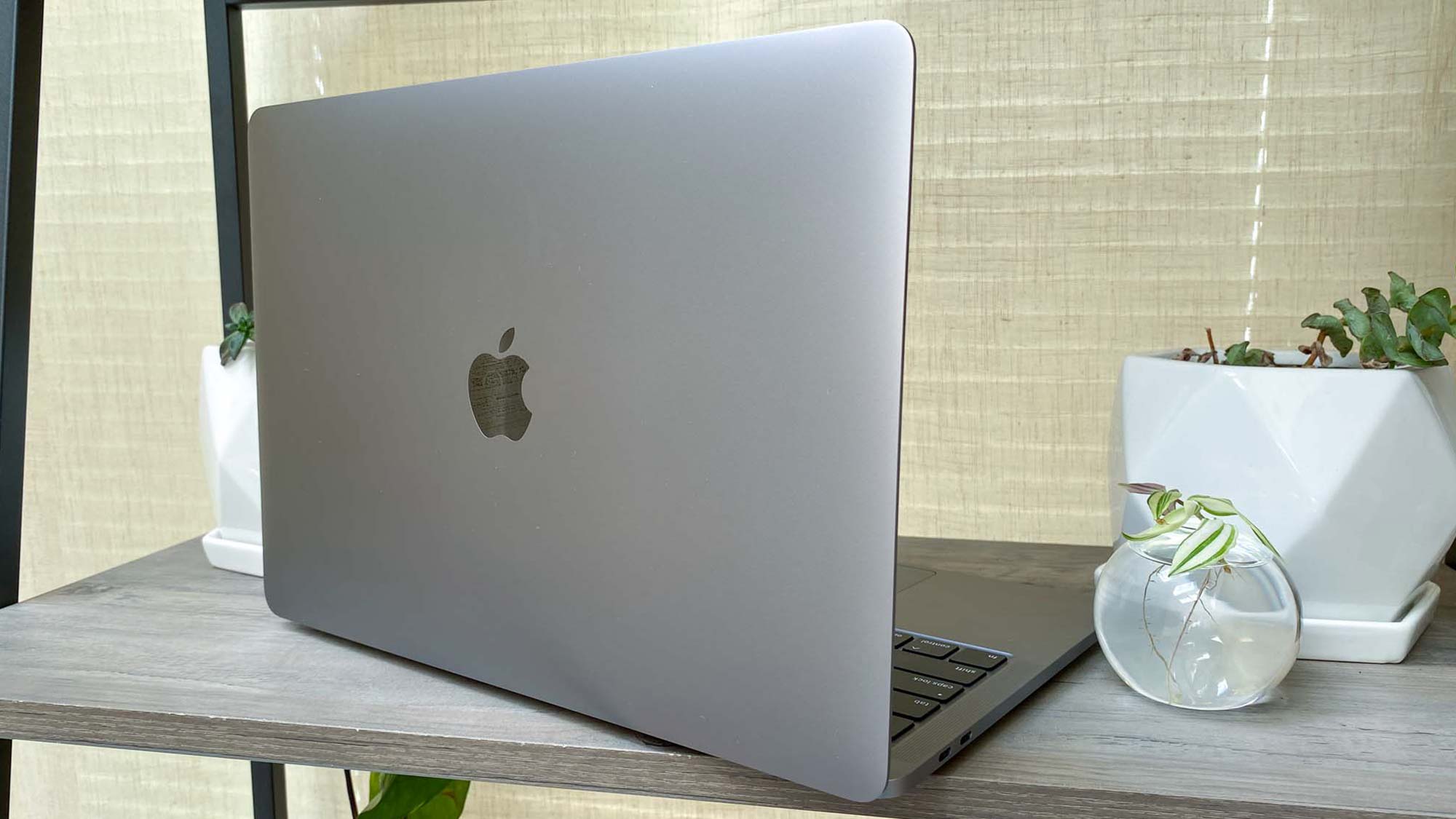
MacBook Pro 13-inch 2020 review: Ports
There’s not much to see here, especially if you opt for the $1,299 or $1,499 MacBook Pro 13-inch. There are just two Thunderbolt 2 ports on the left side of the system and a headphone jack on the right side. The $1,799 model steps you up to four Thunderbolt 3 ports, which allows you to plug in more peripherals at once.
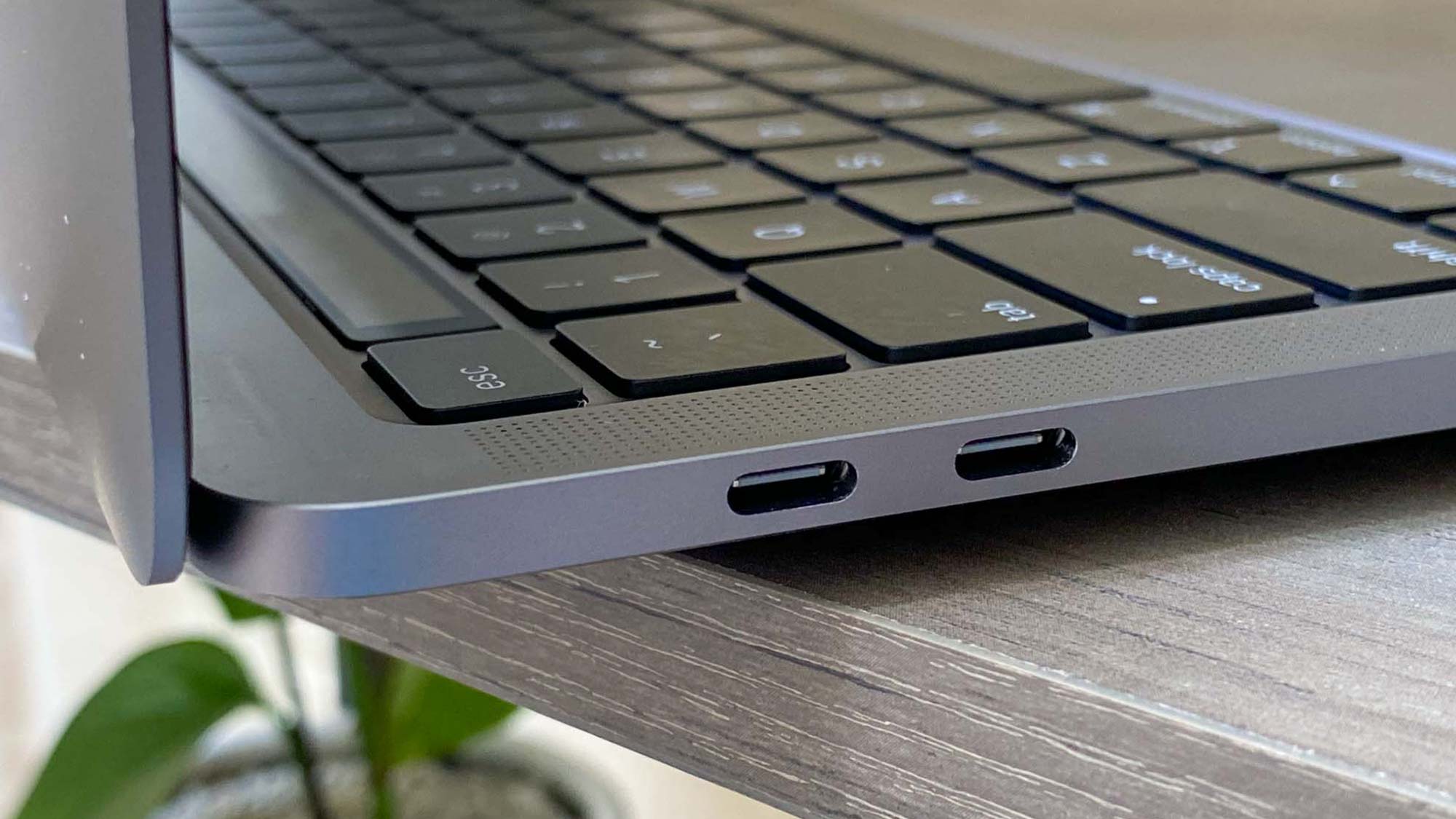
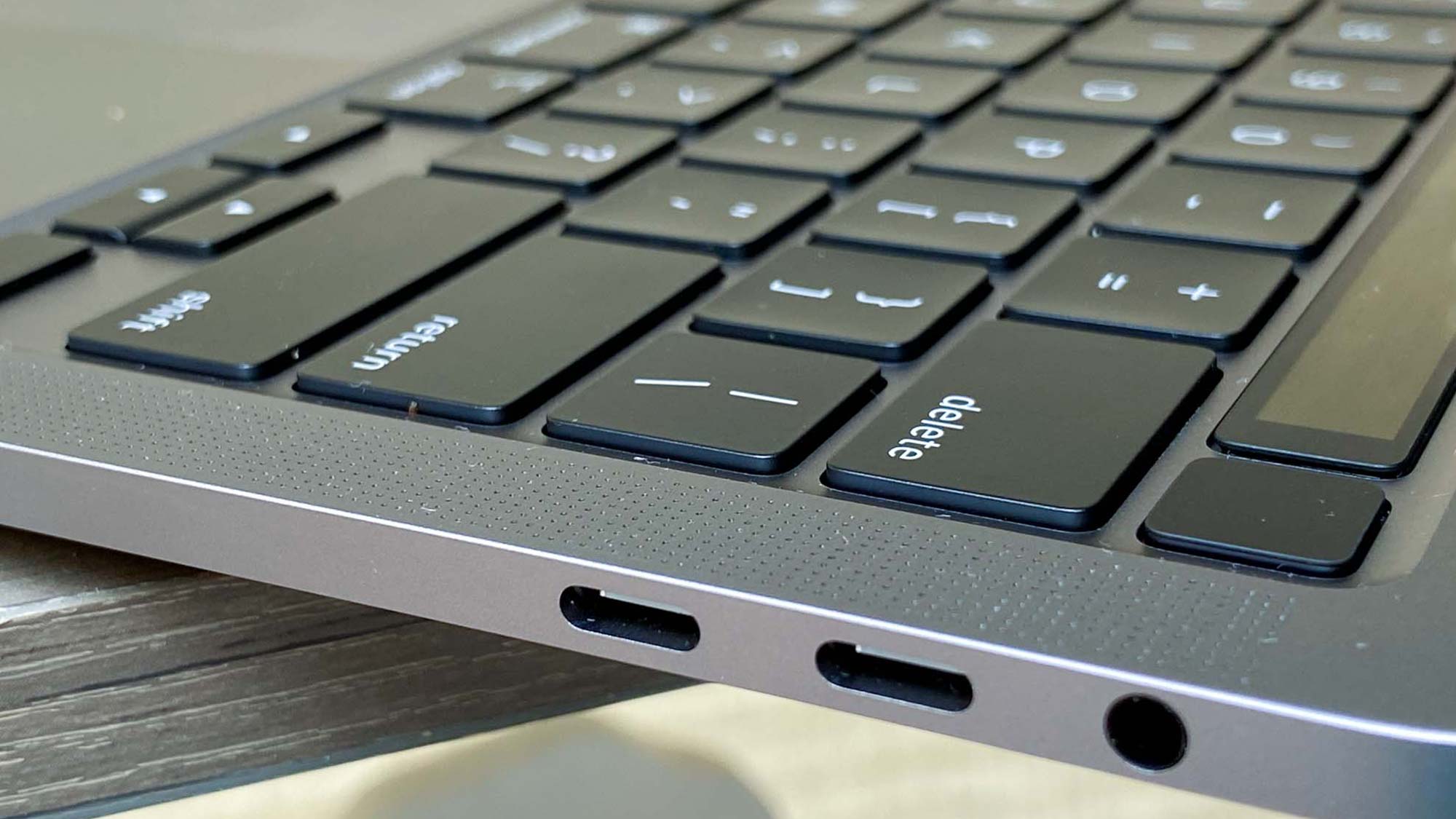
At this point I don’t expect to see full-size USB-A ports anymore on MacBooks, but I do think photographers would at least like to see a SD Card slot or microSD card slot.
MacBook Pro 13-inch 2020 review: Magic Keyboard
RIP Butterfly keyboard. You will not be missed. Like the 16-inch MacBook Pro and MacBook Air, the 13-inch MacBook Pro now features a Magic Keyboard, which uses scissor switches to achieve 1mm of key travel. Combined with an Apple-designed rubber dome and new keycap structure, the overall typing experience is a lot more comfortable than before.
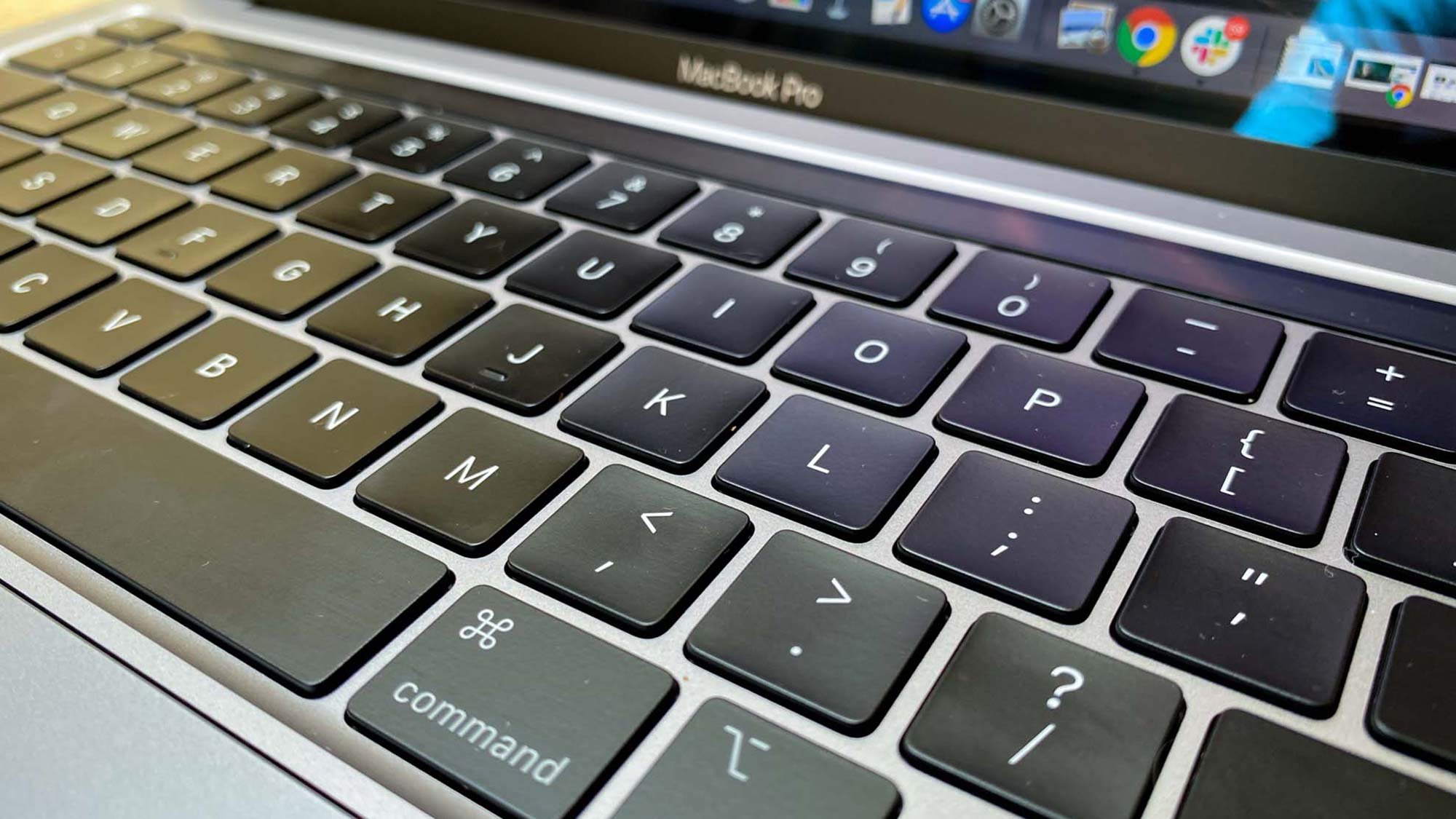
The Magic Keyboard’s keys feel pillowy soft, while the Butterfly keys on my older MacBook Pro feel like I’m typing on a rock. I typed only a little faster on the new MacBook Pro 2020 at 78 wpm vs 77 for the 2019 MacBook Pro, and I was slightly more accurate on the newer Magic Keyboard at 97% vs. 95% on the previous model. But it’s really more about how your hands and wrists feel while you’re typing, and there’s a huge difference here.
The Magic Keyboard also includes a dedicated physical Esc key, so it’s no longer hidden in the Touch Bar. Apple has also changed the arrow keys to an inverted-T arrangement, which makes them easier to find by feel.
MacBook Pro 13-inch 2020 review: Display
The MacBook Pro’s 2560 x 1600-pixel display remains unchanged, but it’s still among the best that you can get on a 13-inch laptop. No, there’s not a 4K option, but you’re getting a bright and sharp panel that’s great for editing photos, watching videos and getting work done.
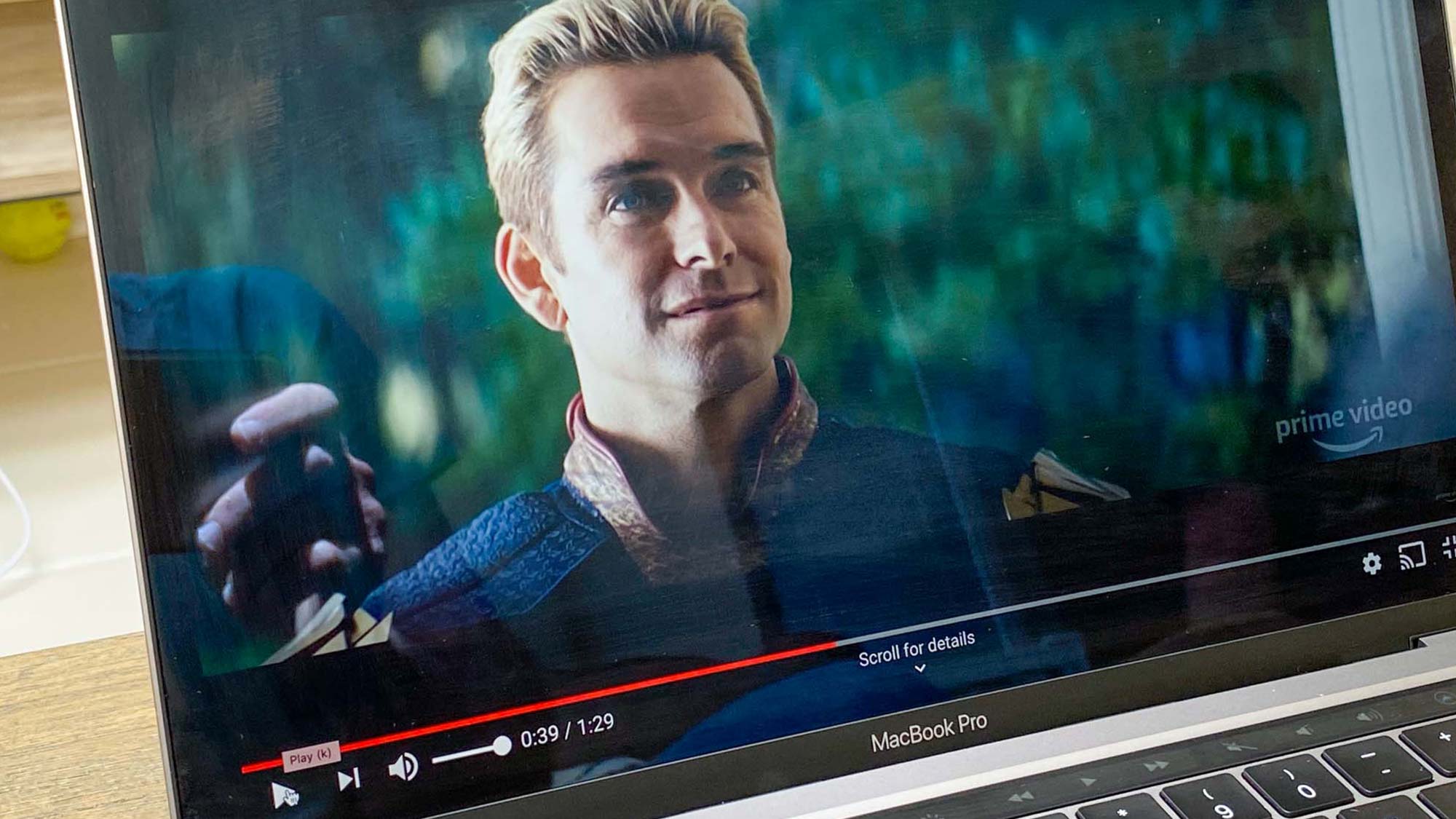
I checked out the trailer for The Boys season 2, and I could make out individual crimson streaks of blood dripping down Homelander’s face. I also appreciate that I could work outdoors in direct sunlight and still view incoming Slack messages and Google Docs.
In our lab tests, the MacBook Pro 2020’s screen averaged 485 nits of brightness, beating the 4K version of the Dell XPS 13 (301 nits) and the 1080p version (417 nits). The Spectre x360 managed 369 nits.
In terms of color reproduction, the MacBook Pro 2020’s screen registered 114% of the sRGB color gamut, while the 4K XPS 13 and 1080p version hit 107.5% and 114.8% respectively. The Spectre x360 was a bit behind at 109%.
The MacBook Pro’s panel has a slight advantage on color accuracy, as it turned in a Delta-E score of 0.24 (where 0 is perfect). The 4K XPS 13 scored 0.3 and the 1080p version notched 0.25.
MacBook Pro 13-inch 2020 review: Audio
The MacBook Pro’s audio continues to be underrated. The two speakers that flank the keyboard pump out loud and clear sound, with a surprising amount of bass. When listening to a “I Believe in a Thing Called Love” by The Darkness on Spotify, the driving guitars balanced well with Justin Hawkins soaring vocals. And even though it’s just a 13-inch laptop, I was surprised by the impressive stereo separation on the opening strings to Florence and the Machine’s “Dog Days are Over.”
MacBook Pro 13-inch 2020 review: Performance
The MacBook Pro 2020 we tested comes with a quad-core 10th gen Intel Core Core i5 processor running at 2-GHz, 16GB of 3733MHz RAM and 512GB of storage. And all of those components add up to one of the fastest 13-inch laptops around. But on some tests Apple’s laptop trailed some Windows laptops that are in the same price range.
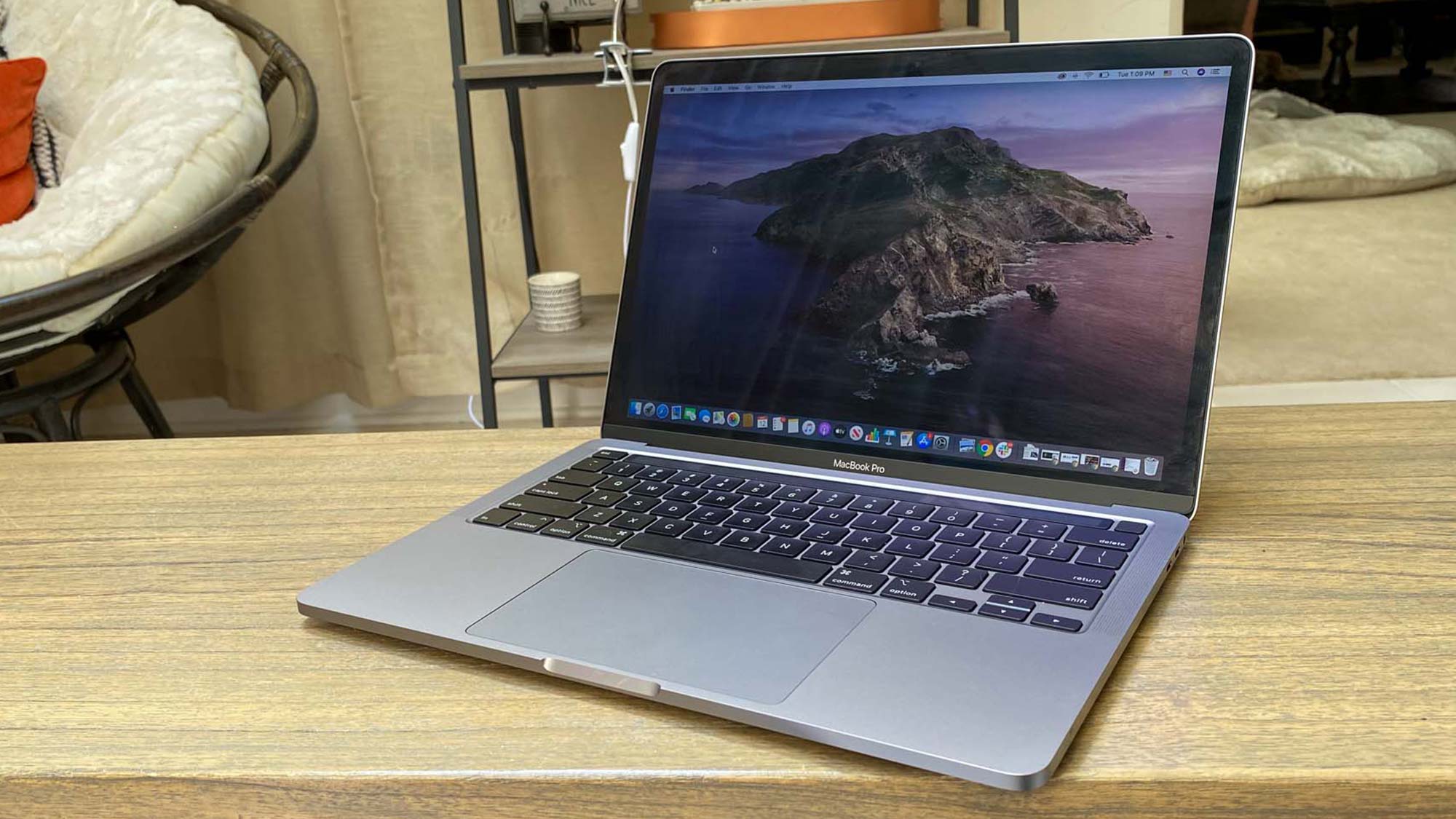
My everyday workload included using the MacBook Pro on its own and when attached to a CalDigit USB hub with a 34-inch LG monitor plugged in. Even with dozens of tabs open in Chrome, streaming Spotify and editing images in Pixelmator, the MacBook Pro remained responsive and also quieter than last year’s model. The fans didn’t whir nearly as much as I opened more and more tabs.
On Geekbench 5, which measures overall performance, the MacBook Pro 2020 scored 4,399 on the multi-core portion of the test. This beat the Spectre x360 and its Core i7-1065G7 CPU, which scored 4,074, but it was behind the Dell XPS 13 with the same processor as the HP (4,648.)
On a real-world video editing test, which involves transcoding a 4K video to 1080p, the MacBook Pro 2020 took 12 minutes and 43 seconds. That’s significantly faster than the Dell XPS 13 (15:40) and way ahead of the Spectre x360 (21:13).
The MacBook Pro didn’t perform quite as well on the PugetBench Photoshop benchmarks, which takes a laptop through 21 different tasks three times. Apple’s system scored 569, but the XPS 13 scored a higher 657.
Apple’s laptops continue to have among the fastest SSDs around. On the Blackmagic benchmark, the MacBook Pro’s 512GB SSD achieved a read speed of 2,060 megabytes per second and a write speed of 2,315.9. The averages are 1,421.9 MBps and 1,198.7 MBps, respectively.
The MacBook Pro 2020’s Iris Plus graphics are perfectly suitable for photo editing and video editing, but don’t expect to play demanding games at high frame rates. This laptop hit just 18 frames per second on the Civilization VI benchmark, which is just a tad lower than the XPS 13’s 19 fps.
The good news is that the MacBook Pro 2020 handles Apple Arcade games very well. For example, Rayman Mini played smoothly on the 13-inch Retina Display, and the controls were easy to use (such as space bar to jump and right arrow to attack). The MacBook Pro also kept up with the frenetic racing and fighting action in Sayonara Wild Hearts, though in this keys using the keys felt less fluid than a touch screen.
MacBook Pro 13-inch 2020 review: Battery life
The MacBook Pro 2020’s battery life is really strong given all the power you’re getting under the hood. The laptop lasted for an impressive 10 hours and 21 minutes on our web surfing battery test at 150 nits of screen brightness. This runtime is higher than the 4K version fo the Dell XPS 13 (8:14) but behind the 1080p version of Dell’s laptop (12:39). The HP Spectre x360 hit 13:20 with its 1080p screen.
MacBook Pro 13-inch 2020 review: Webcam
At this point I think Apple needs to upgrade its webcam on the MacBook Pro. A 720p resolution seems low for an asking price of $1,299 and up. I’d prefer to see 1080p for full HD video.

The quality you get here is just pretty good; the webcam did a good job capturing my skin tone accurately and the fine horizontal lines in my blue shirt. But if you want better detail and clarity, go with one of the best webcams.
macOS Big Sur: What to expect
macOS Big Sur will be available this fall on the MacBook Pro 13-inch, but you can try it now as a public beta. Big Sur offers a fresh redesign with an updated menu bar, floating dock and new icons for apps, as well as a new Control Center that you can optimize. There's also an updated Notification Center that puts all your notifications and widgets into a single column.
On the browser front, Safari gets a boost in Big Sur with improved battery life and performance and the ability to see more tabs at once. Plus, there's finally a translation feature and Safari extensions on the App Store., as well as better password monitoring that can help you upgrade existing passwords if you're involved in a data breach.
Last but not least, Messages gets an upgrade in macOS Big Sur with the ability to pin favorite conversations, improved search, inline replies in group conversations and more enhancements.
MacBook Pro 13-inch 2020 review: Verdict
Overall, I really like the MacBook Pro 2020, but the newer MacBook Pro with M1 chip is a generally better option because Apple Silicon delivers faster performance and longer battery life.
The main reasons to get this $1,799 configuration of the 13-inch MacBook Pro is if you want to stick with Intel and have four Thunderbolt 3 ports instead of two.
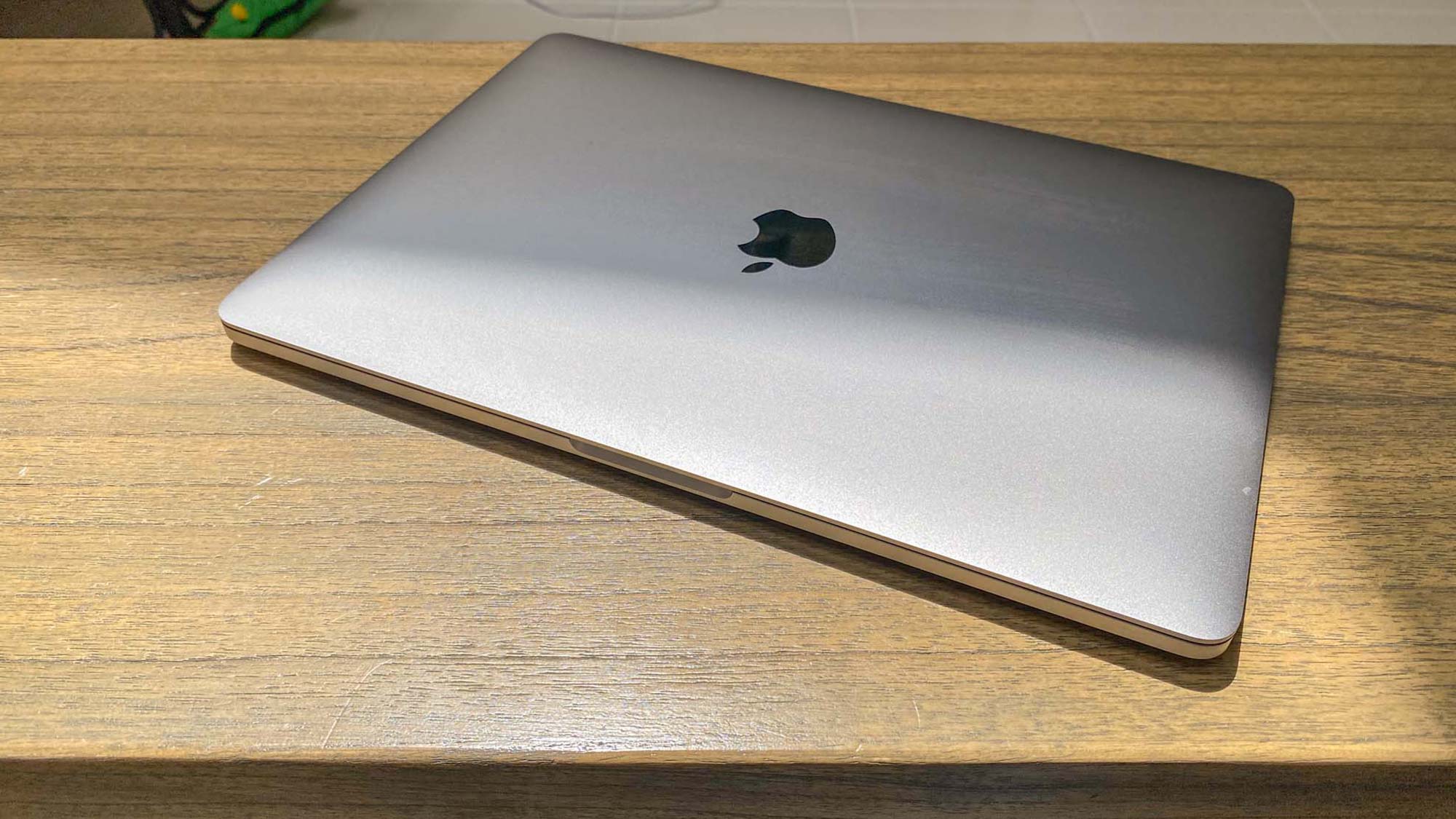
If you’re not sold on macOS, the Dell XPS 13 and HP Spectre x360 are excellent Windows alternatives with sleeker designs and slimmer bezels. And if you’re looking for a good everyday notebook, the MacBook Air M1 is still the best choice for most people.
Bottom line: If you want a more powerful portable for work and play — which includes photo and video editing — the 13-inch MacBook Pro is a great choice.
MacBook Pro 2020 (13-inch) specs
| Price | $1,299 | $1,499 | $1,799 | $1,999 |
| CPU | 1.4-GHz quad core 8th gen | 1.4 GHz quad-core 8th gen | 2 GHz quad-core 10th gen | 2 GHz quad core 10th gen |
| RAM | 8GB 2133MHz LPDDR3 memory | 8GB 2133MHz LPDDR3 memory | 16GB 3733MHz LPDDR4X memory | 16GB 3733MHz LPDDR4X memory |
| Storage | 256GB SSD | 512GB SSD | 512GB SSD | 1TB SSD |
| Graphics | Intel Iris Plus 645 | Intel Iris Plus 645 | Intel Iris Plus | Intel Iris Plus |
| Display | 13 inch Retina Display (2560 x 1600) | 13 inch Retina Display (2560 x 1600) | 13 inch Retina Display (2560 x 1600) | 13 inch Retina Display (2560 x 1600) |
| Ports | Two Thunderbolt 3 | Two Thunderbolt 3 | Four Thunderbolt 3 | Four Thunderbolt 3 |
| Size | 11.97 x 8.36 x 061 inches | 11.97 x 8.36 x 061 inches | 11.97 x 8.36 x 061 inches | 11.97 x 8.36 x 061 inches |
| Weight | 3.1 pounds | 3.1 pounds | 3.1 pounds | 3.1 pounds |
Mark Spoonauer is the global editor in chief of Tom's Guide and has covered technology for over 20 years. In addition to overseeing the direction of Tom's Guide, Mark specializes in covering all things mobile, having reviewed dozens of smartphones and other gadgets. He has spoken at key industry events and appears regularly on TV to discuss the latest trends, including Cheddar, Fox Business and other outlets. Mark was previously editor in chief of Laptop Mag, and his work has appeared in Wired, Popular Science and Inc. Follow him on Twitter at @mspoonauer.
-
kirv I want to throw this out there in hopes that Apple will see this comment and finally will respond to user pressure:Reply
The sleek design of the MacBook is belied by the clunky adapters that must be dangling from it because of Apple's refusal to include at least an SD card or USB port that a LOT of current devices continue to use.
The huge touchpad is prone to inadvertent swipes. Why does it have to be so big? I am constantly popping up unwanted menus that slow my ability to get work done. Please make the touchpad the original size!
The only reason I stick to Mac is because I am a developer for whom the X11 interface is superior to PCs having to reboot to linux. Otherwise, I hate Apple's arrogant attitude that they don't have to be compatible with the rest of the world!If Mac could have some consideration about ports, I could cease my grumbling about Apples arrogant inconsideration (and having things dangling from my laptop all the time). The previous iteration of MacBooks had those useless old square Thunderbolt ports that were compatible with nothing, so much for their trying to force the community into them.
